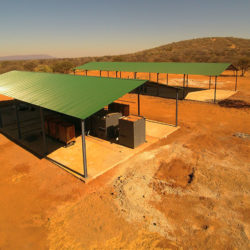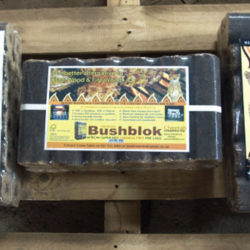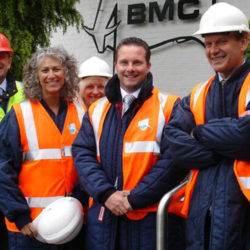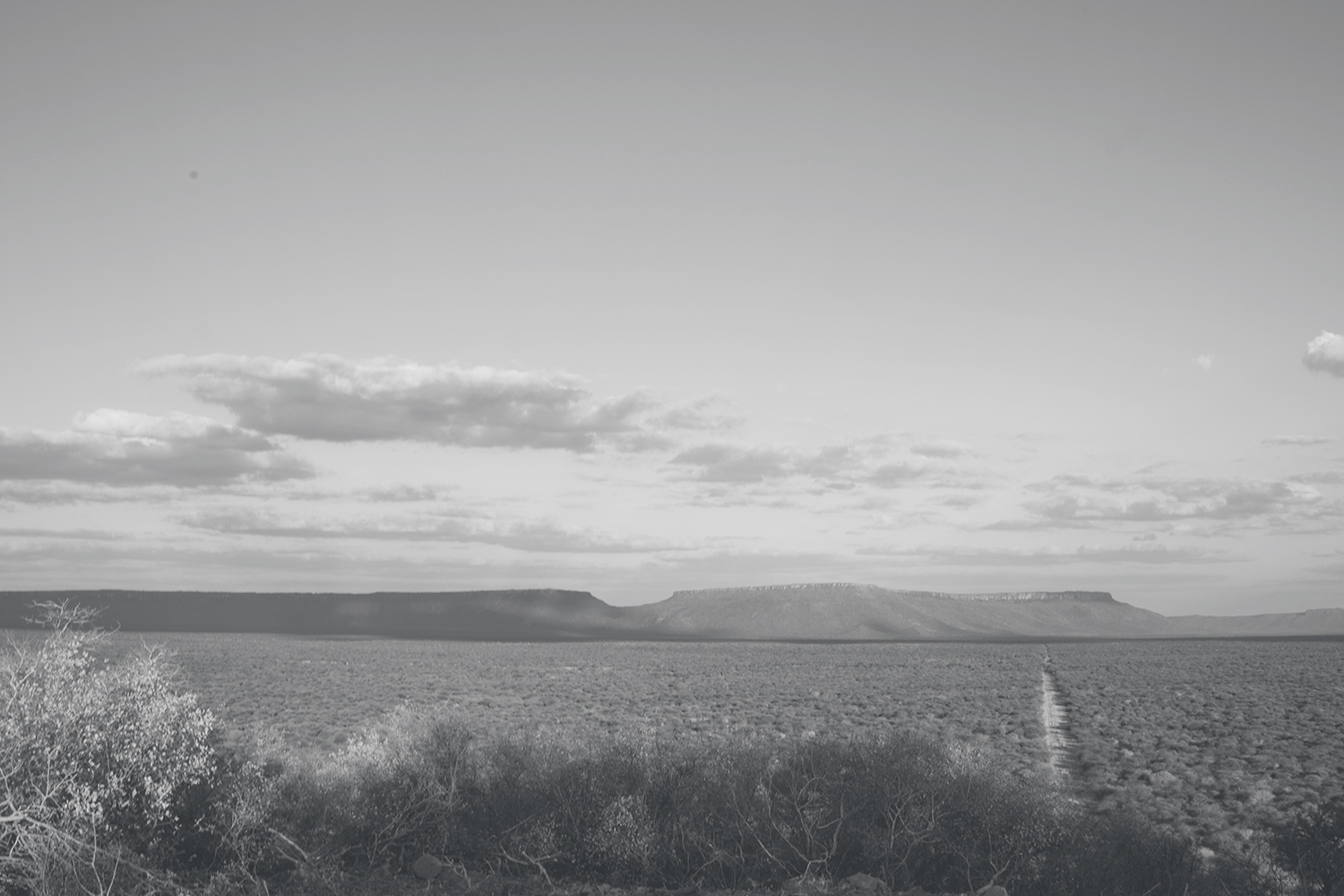Climate Change and Cheetahs
-

- by Dr. Laurie Marker November 5, 2021

Unique among big cats – the cheetah is the fastest land animal, the smallest and oldest of the big cat species, and the only big cat that purrs. It is also the most endangered big cat in Africa.
The three biggest threats are: the loss of habitat, conflict with humans over livestock predation, and illegal wildlife trafficking in live animals to supply the demand for exotic pets. All three of these threats are exacerbated by the effects of climate change.
There are fewer than 7,500 cheetahs across their range in Africa, with an extremely small (less than 50) population of cheetahs remaining in Iran. Cheetahs were found throughout most of Africa and Asia, and their rapid decline has occurred in the last hundred years. We’ve lost about 90 percent of the cheetah population during that period, and the cheetah has gone extinct in 20 countries in the last 50 years. In Namibia, we have the largest remaining cheetah population of about 1,500. With the help of dedicated supporters worldwide, we have stabilized the cheetah population in Namibia.

Climate change poses a significant threat to all wildlife because it accelerates environmental change and puts increasing pressure on people and animals that rely on the land for a living. Cheetahs are uniquely vulnerable to rapid ecological and environmental change, in part because they lack genetic diversity, and they are specialized hunters. They require large ranges and open landscapes to catch their prey. If action is not taken to address the root causes of climate change, we will be facing wide-scale, rapid extinction in many species.
We are depending on the participants of #COP26 to stick to their commitments on behalf of their citizenry.
Climate change is a global problem, and efforts to reverse it require support at the highest levels of government.
At CCF, one of the many things we study is the ecology of the arid landscape that the cheetah calls home. We have seen the impacts of poor land management and unsustainable farming practices on the savanna. We have found that the degradation of the ecosystem compounds exponentially over time without positive human intervention.
For example, in Namibia, ground level vegetation (grass) is most frequently consumed by livestock and wild ungulates (hoofed mammals), but the mid-tier of vegetation (bush) is less frequently consumed. This is largely due to the absence of megafauna (rhinos and elephants) that would have historically eaten it. The widespread reduction of these megafauna species in the ecosystem has caused an unchecked flourishing of native thorn bush. As thorn bush grows, open grassland gradually becomes more condensed and closed off over time. This means less available space for farmers to graze their livestock, which causes overgrazing. As more livestock feed on reduced land, it creates a vicious cycle of further habitat loss. As a result, arid grassland in Namibia has been reduced to an area about the size of California.


We have seen that the transformation from grasses to bushes is not unique to Namibia, it is happening across Africa, and it is causing soil degradation over time. Thorn bushes have very deep roots, and they tap into the water table, and from that, they grow very large; combined with a reduction in annual rainfall, this leads to bigger problems like desertification. The shift from grassland to bush and its increased consumption of water has a negative impact on the economy of Namibia with a consequence of over 150 million US dollars per year in interventions to bring water to the people.
In order to mitigate habitat loss and reduce bushed land, CCF works to remove the thickened thorn bush in managed “debushing” efforts. We found a way to use the woody waste material to create biomass fuel. Bushblok®* is an eco-friendly fuel log that is clean-burning and is a better alternative for heating and cooking than coal. Biomass energy production with green fuels like Bushblok® has the potential to power much of our Namibia if they are scaled up.
Cleared habitat creates an opening for wildlife to reoccupy the land. As we reclaim land by debushing, CCF’s ecology team researches the short- and long-term effects on the distribution of animals and plants and monitors chemical changes to the soil structure using different methodologies. The research that we conduct helps build a better understanding of which conservation actions are most effective in restoring the habitat.


Another consequence of the reduction of grassland is the decline of wild prey. As the human population grows, people live in closer proximity to predator species like the cheetah, and unfortunately, those two factors result in greater occurrences of human-wildlife conflict. In order to mitigate human-wildlife conflict, CCF developed a series of farmer education programs that emphasize predator-friendly farming techniques. Our Future Farmers of Africa training teaches good livestock, rangeland and wildlife management practices, including the use of Livestock Guarding Dogs (LGD). Protecting farmers’ livestock from predation with an imposing presence and a very loud bark, LGDs help reduce livestock losses from 80 – 100% thus reducing the farmers’ need to kill cheetahs and other predators.
CCF’s research, and the research of many others, have shown that we still have time to make a difference toward stopping the progression of climate change. CCF’s supporters make the investment every day by funding our work across the cheetah’s range. Together we are reversing habitat loss, preventing further land degradation, bolstering livelihood development, and encouraging sustainable agriculture. We still have time to save the cheetah. By doing so, we will benefit everything else that shares the cheetah’s habitat.
Climate change is a big problem, and we need the support of government and business leaders that can offer large-scale help. We do have the time, and the young people of the world are depending on us. We can’t just feel helpless about this situation. Instead, we need to work together and change the world to #SaveTheCheetah.
*Bushblok® is Forest Stewardship Council – FSC® certified (FSC-C004580).
Related Reading
-
January 15, 2017
Biomass Technology Demonstration Centre -
September 5, 2012
Chipping Away at Bush Encroachment -
July 23, 2005
Beef and Bushbloks



